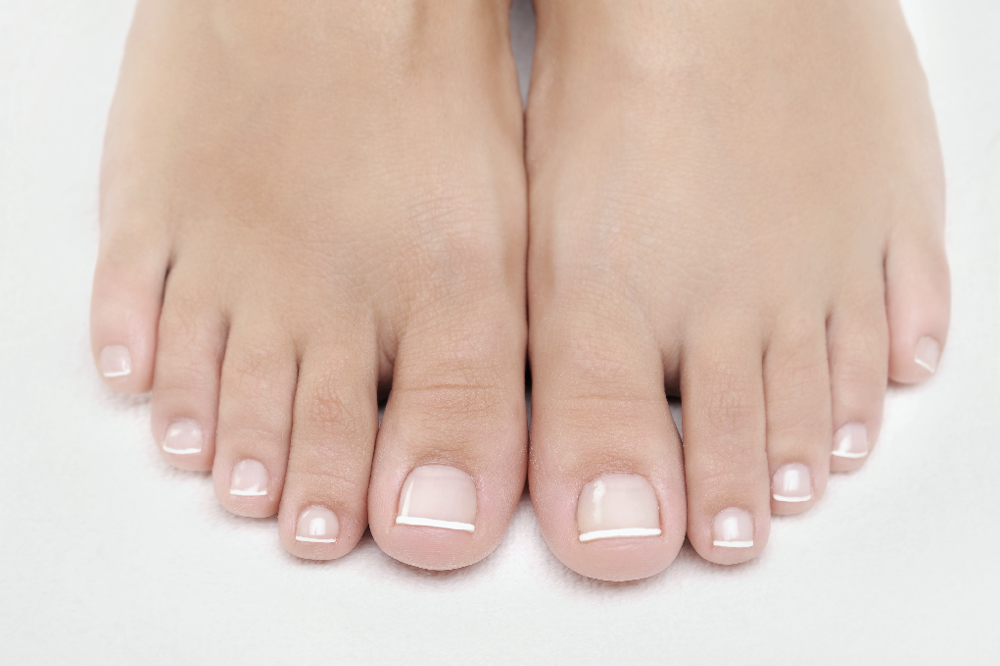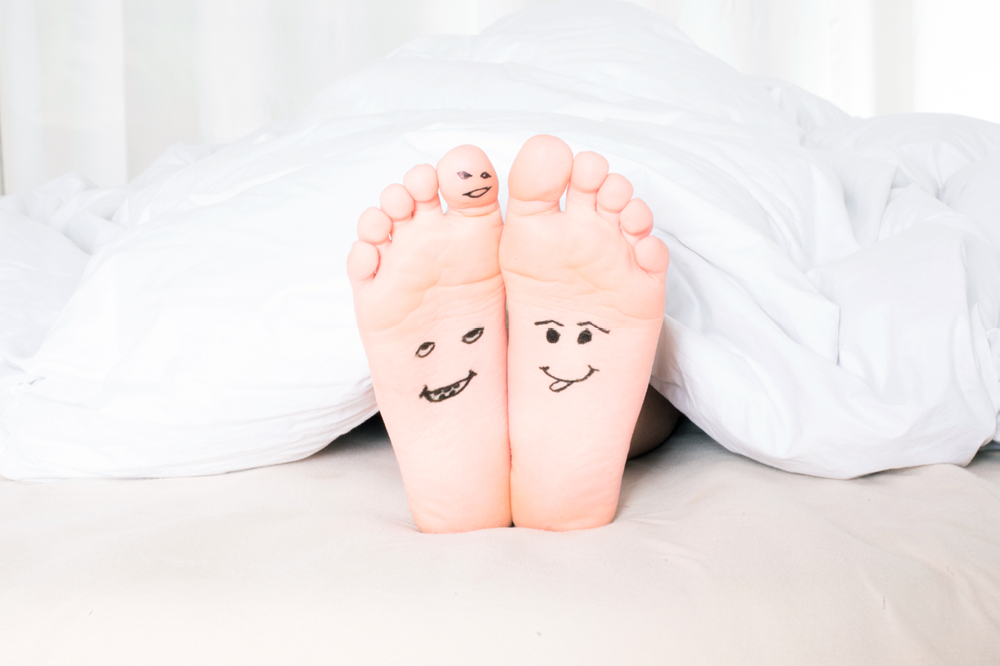The thought of earning thousands of dollars per day simply by showing off your feet might sound like an enticing career, but being a foot model is actually a lot more difficult than one might think. There are reasons it’s such a highly paid profession, and we’ve got ‘em all listed here so you can think twice before becoming the next Heidi Klum of the foot modeling world.
You Must Keep Your Feet Perfect At All Times

Because your feet will be your bread and butter as a foot model, you have to do whatever is humanly possible to keep your feet free from blemishes and imperfections like calluses, varicose veins and blisters. This entails not only completely avoiding unsupportive, foot damaging shoes like high heels and flip flops, but also religiously sticking to a very detailed beauty routine that includes frequent foot soaks, scrubs and moisturizing. In fact, famous foot model Nicki Donohue moisturizes her hands and feet up to 10 times per day to keep them baby soft (no joke). You also have to avoid redness, discoloration, tan lines and sun spots — so no going in the sun without wearing socks and plenty of sunscreen!
MORE: Why You Should NEVER Skip Applying Sunscreen On Your Feet
Your Feet Actually Have to Become Actors
According to Ellen Sirot, the world’s most famous hand and foot model, many clients and casting agents expect you to be able to show emotion, feeling, time and place with your feet and legs. That means flexing your toes just right in order to show happiness or relaxing your muscles in just the right way to emote that it’s summertime. Come on little pinky toe — you're not looking meloncholy enough!
You Have to Do Special Foot and Leg Exercises
Part of being a foot model is making sure that your legs and feet are perfectly toned and slender for all of your modeling jobs and auditions. This means frequent stretching, rubbing and light exercise. This will help when it comes to the actual modeling shoots: Often times, hand and foot models are asked to flex and pose their extremities in very uncomfortable positions for long periods of time, which can be very, very painful and cause cramping. Many foot models say their feet can ache for days after shoots and commercials due to the poses they have to hold for seconds, minutes, hours ...
MORE: Fat Blasting Foot Exercises That Work Both Your Feet And Your Core
You Have to Eat Right, Even Though Your Belly Isn't Doing The Modeling
Though you may be showing your feet only, diet is still very important for foot models. You have to eat plenty of leafy greens, lean meats and other healthy foods to help keep your skin soft, your toenails strong and your circulation pumping so your legs and feet maintain a healthy glow. Additionally, you’ll often have to avoid coffee, alcohol, chocolate and caffeine. These foods act as stimulants and depressants that can affect your ability to stay perfectly still — a skill that is essential for hand and food models. Goodbye, Starbucks!

You Have to Be Ultra Professional
Modeling may sound like it’s a simple job, but you may have to edit your normal behavior a bit to be successful. How a casting agent or client views you and your professionalism could be the difference between landing the job and not landing the job. Therefore, it’s important to always show up on time for each audition or shoot and then (pardon the pun) put your very best foot forward. You want to make sure that agencies and clients view you as a legitimate, hard working model who takes his or her career seriously. Then, and only then, will you have a chance at becoming the next foot supermodel.


